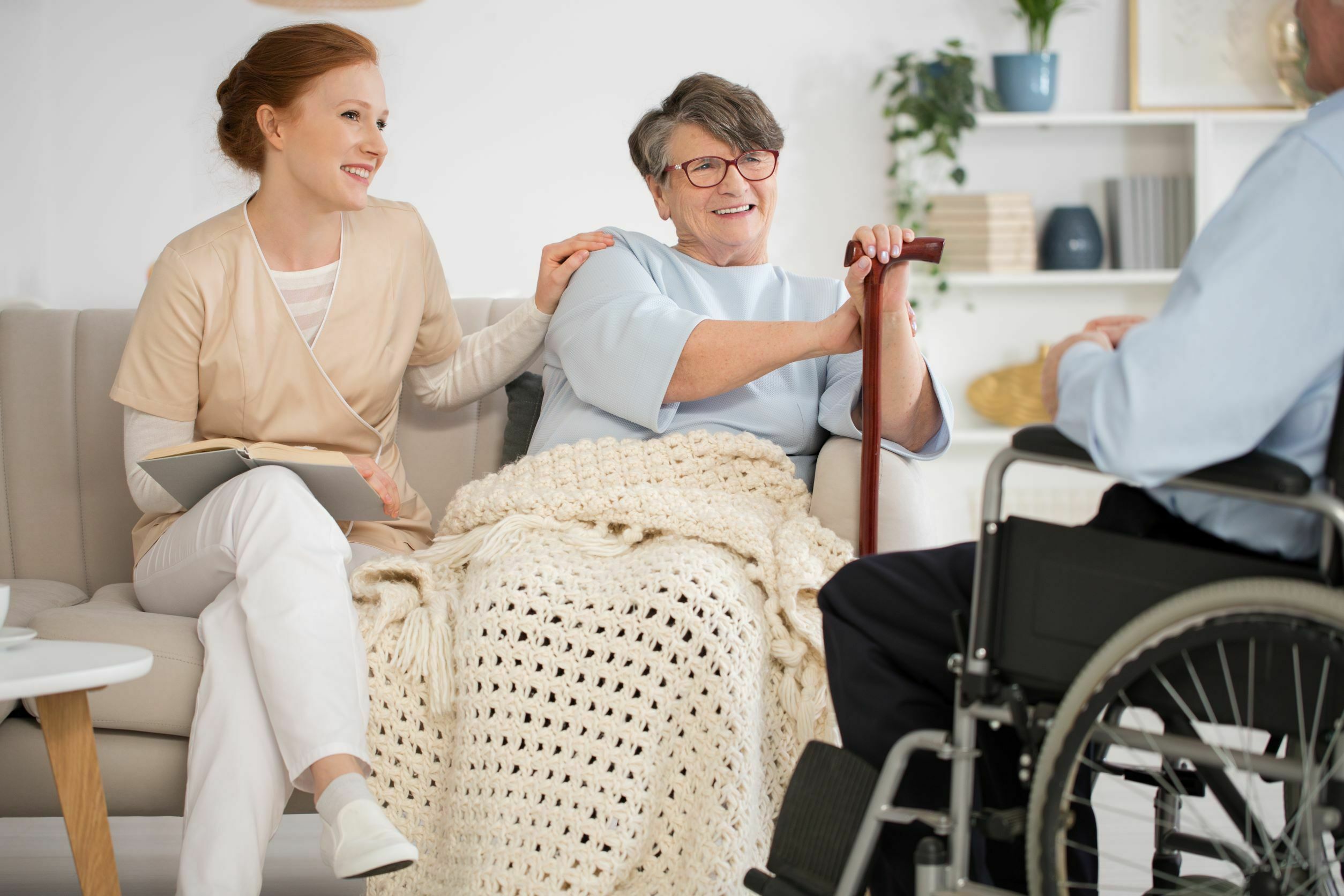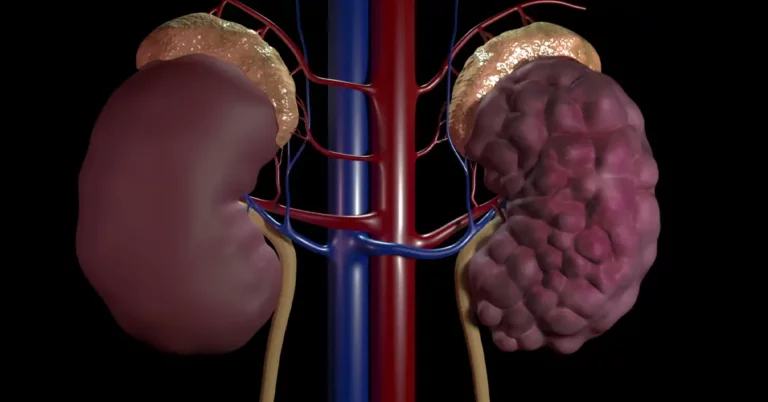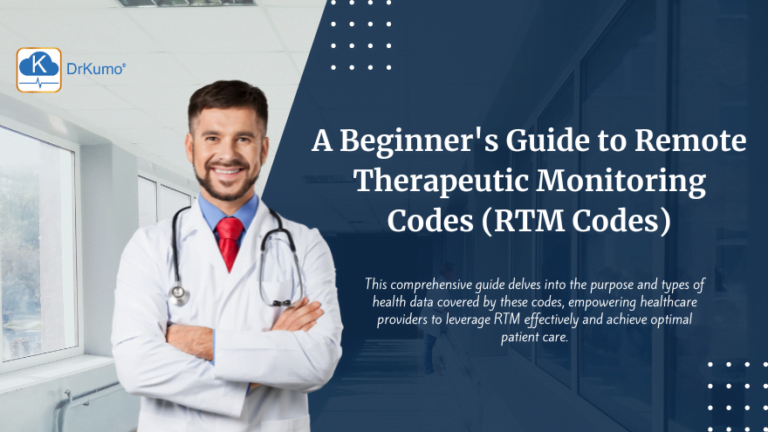The key to efficient and effective care in the Skilled Nursing Facilities (SNF) setting is consistency, strong supervision, and fully-integrated care by the healthcare providers. With the Remote Patient Monitoring (RPM) system, a long-term healthcare facility can add the most effective operation to run the goals in delivering health services and achieving successful health outcomes. RPM involves the collection and analysis of patient physiologic data that are a basis for developing and managing treatment plans for chronic medical conditions. Patients develop more co-morbidities and chronic medical conditions over a long period of time, and RPM gives remarkable benefits and is very useful, especially in Skilled Nursing Facilities to have better access to patients whenever wherever, or even at the comfort of their home.
Some policymakers are proposing the Choose Home Care Act[1] which would provide Medicare beneficiaries the choice of receiving 30 days of health care services in their own home after hospitalization, following a physician’s recommendation. The available care services would include nursing, personal care, transportation, meals, additional remote patient monitoring, and adaptive medical devices or equipment for the home.
Over four in five adults (85%) support the Choose Home Care Act in our initial pre-message testing read, including about half (52%) who say they strongly support the act. Furthermore, the Centers for Medicare & Medicaid Services (CMS)[2] has opened new opportunities to reimburse providers for non-traditional modes of patient interactions such as Telehealth or Remote Patient Monitoring (RPM). Thus, it will give benefits for the Skilled Nursing Facilities.
1. Better resource management
One of the top benefits of RPM in SNF is better resource management. Through Remote Patient Monitoring, the care coordinator management, medical providers or even staff will just have to receive and monitor patient-generated health data through remote health medical devices given to the patients at home, and a coordinating technology platform that records and shares health patient data with the clinician. Often, RPM is used to monitor and capture medical data from patients and electronically transmit this information to healthcare providers for assessment and, when necessary, recommendations and suggested treatments are given. A nurse monitoring a patient might confer with a physician on a patient trending high on blood glucose and agree on a change in prescription.
Another thing is, it will allow the staff or the management to work in the facility but still have direct access to the patient. Fewer patients staying in the facility will reduce the fixed costs associated with a physical office, and less face-to-face contact with patients will help widen and manage the resources better.
2. Cross-infection control
As the COVID-19 pandemic swept through the United States, regions experienced peak cases[3] and hospitalizations at various times in 2020. The pandemic response placed a burden on acute-care hospitals (ACHs), which may have altered staffing practices, increased critical care capacity, and modified use of personal protective equipment (PPE).
There were an estimated 687,000 healthcare-associated infection (HAI)[4] in U.S. acute care hospitals in 2015. About 72,000 hospital patients with HAIs died during their hospitalizations. HAI may affect the manpower working in a certain SNF because limited implementation and effectiveness of standard infection prevention practices could be hard and could not give an assurance that both patient and medical providers will not get infected. Owing to RPM connected technology, fewer socialization opportunities could be experienced by the medical staff and healthcare providers. Due to Remote Patient Monitoring (RPM), patients and healthcare providers will be connected from a distance— safe from infection and viruses. Thus, infection prevention staff will continue to reinforce prevention practices in their facilities within their control for their safety without letting the patient get caught with infection.
3. Better access to care
The adjusted mean cost of the acute care episode was 38% (95% CI, 24% to 49%) lower for home patients than control patients. Compared with usual care patients, home patients had fewer laboratory orders (median per admission, 3 vs. 15), imaging studies (median, 14% vs. 44%), and consultations (median, 2% vs. 31%). Home patients spent a smaller proportion of the day sedentary (median, 12% vs. 23%) or lying down (median, 18% vs. 55%) and were readmitted less frequently within 30 days (7% vs. 23%). Nearly nine in ten adults (86%) say they would prefer to receive post-hospital short-term health care at home, while 5% say they would prefer to receive care in a nursing home.[1]
These figures show that SNF can still deliver and give patients access to quality care from a distance using Remote Patient Monitoring (RPM). SNF should have this kind of Connected Health platform so patients who prefer to be at home could still experience the same level of care and the same level of service they need. For example, remote patient monitoring devices will allow healthcare providers to track a patient’s blood pressure, heart and respiratory rate, changes in their weight, and level of their activities. Technologies are evolving and as people become more comfortable with cellphones and computers, home-based medical services are likely to soon skyrocket. RPM assists SNF in ensuring that they have the necessary support and access to care, allowing health care to be delivered in a patient-preferred setting.
4. Improved efficiency and connection
Efficiency and connection are an issue, especially for those living in or relocating to more rural areas with fewer healthcare providers and facilities. In these cases, SNF may want to consider leveraging remote patient monitoring to provide and improve healthcare routines through connected health technology. Just as the ability for a facility to care for its residents with diabetes, hypertension, and other chronic conditions is a significant step forward for improving patient outcomes, like reducing unnecessary acute transfers to the emergency room.
Being in a patient’s home improves efficient healthcare outcomes. This also improves the connection between the patient and the provider. RPM connects patients and providers and allows them to work together to achieve better health results. This setting can offer greater comfort and higher engagement for the patient, more flexibility to comply with the treatment plans, and lower cost of healthcare programs.
5. Timely intervention
Another unprecedented benefit of Remote Patient Monitoring for Skilled Nursing Facilities is timely medical intervention. Transporting a patient to the hospital can be a very stressful experience and oftentimes in the night, a provider or nurse practitioner is not in the nursing home. With Remote Patient Monitoring, they can jump on a quick call and avoid sending a nursing home resident out of the facility which saves time, money, and an unnecessary transfer to the hospital. In high-risk patient cases, real-time direct intervention could be applied right away, avoiding the situation to get worse.
How DrKumo Helps
Care delivery models are abruptly changed to remote care services so the benefits of Remote Patient Monitoring for Skilled Nursing Facilities are highly remarkable. Remote Patient Monitoring technology, formerly considered a promising tool for improving care delivery, is now at the forefront of practically every element of patient care. DrKumo state-of-the-art technology is focused on ease-of-use and yet is powered by the most advanced, healthcare-focused artificial intelligence and machine learning to pave the way for Remote Patient Monitoring.
Takeaway
Healthcare experts such as pharmacists, healthcare providers, medication management, or population health teams in Skilled Nursing facilities strongly support the deployment of Remote Patient Monitoring. RPM providers a lot of benefits for Skilled Nursing Facilities such as better resource management, reduced cross-infection risks, better access to care, improved efficiency and connection, and timely intervention.
References:
- Choose Home Care Act. (2021). http://pqhh.org/wp-content/uploads/2021/09/PQHH-Logo_Home-Health_Final_8.19.pdf
- PFS Final Rule. (n.d). https://www.cms.gov/files/document/12120-pfs-final-rule.pdf
- Weiner-Lastinger, L. M., Pattabiraman, V., Konnor, R. Y., Patel, P. R., Wong, E., Xu, S. Y., Smith, B., Edwards, J. R., & Dudeck, M. A. (2021). The impact of coronavirus disease 2019 (COVID-19) on healthcare-associated infections in 2020: A summary of data reported to the National Healthcare Safety Network. Infection Control & Hospital Epidemiology, 1–14.
- Data Portal. (2020). https://www.cdc.gov/hai/data/portal/index.html








